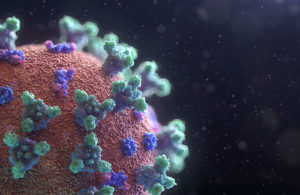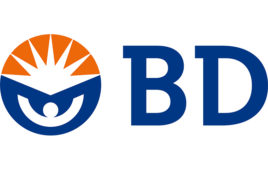
[Photo by Fusion Medical Animation on Unsplash]
Supplies are scarce for nearly three-quarters (72.5% or 29 of 40) of COVID-19 drugs, according to the CIDRAP report, which cites data from the American Society of Health-System Pharmacists (ASHP).
FDA, which has stricter criteria for drug shortages, has concluded that supplies are in short supply for 18 of 40 drugs.
CIDRAP concluded that, by either measure, drug supplies have fallen to “unacceptable” levels. Drug treatments for the novel coronavirus experiencing shortages according to ASHP data include:
- Propofol
- Albuterol
- Midazolam
- Hydroxychloroquine
- Fentanyl
- Azithromycin
- Morphine
The COVID-19 pandemic has led to shortages of a variety of drugs and active pharmaceutical ingredients, especially for those made in India and China. A surge of interest in hydroxychloroquine and chloroquine as potential COVID-19 treatments earlier this year also led to a severe shortage of those drugs. FDA granted — and later revoked — emergency use authorization for those drugs.
U.S. drug shortages are not a new problem, however. CIDRAP has tracked deficits of critical drugs since its founding in 2001. The emergence of COVID-19, however, has worsened the situation through factory closures and supply chain disruptions.
“Drug shortages can be a matter of life and death, and some shortages mean that a life-saving drug is not available to U.S. patients at any price,” CIDRAP concluded in a statement.
CIDRAP made several recommendations to address the problem, including investing in national infrastructure to analyze, predict and manage shortages of essential medicines.





Tell Us What You Think!